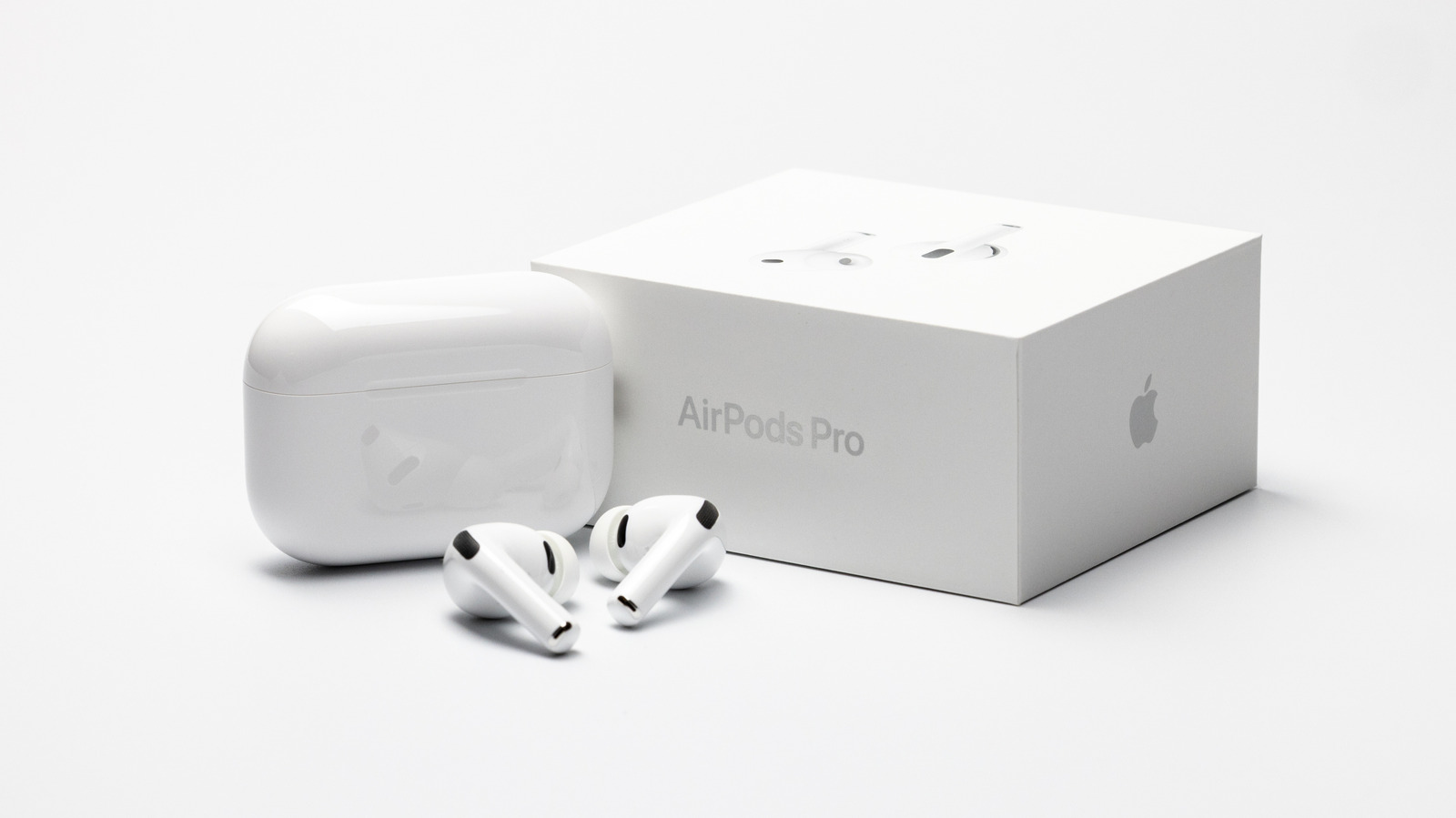Windows File Explorer hasn’t really changed in years. Sure, Windows 11 gave it a slight facelift with rounded corners, a more modern toolbar, and some subtle visual tweaks, but underneath, it’s still the same old tool we’ve been clicking through since forever. And for one of the most-used apps on Windows, that simply doesn’t feel like enough.
But like most default Windows apps, there are alternatives to File Explorer, and over the years I’ve tried quite a few of them. Some are feature-packed, some are fast, but for me, nothing comes close to the Files app. It ticks every checkbox when it comes to design, functionality, and usability. From dual-pane navigation and column view to deep customization and thoughtful little extras, it transforms a mundane task like managing files into a smooth and intuitive experience.
The Files app is available on the Microsoft Store for $8, but you don’t necessarily have to pay to try it. If you head over to its official website, you can download the installer for free and use it without any restrictions. This will allow you to explore the app at your own pace, and if you find it useful, consider supporting the developer through the store version.
Dual pane, column view, tag support, and more
Handy features you’ll actually use
Files app offers plenty of useful features that you won’t find in Windows File Explorer, and one of the most useful is the dual-pane mode. It lets you split your window into two sections—horizontal or vertical—and resize them to your liking. This way, you don’t have to keep switching tabs or juggling multiple windows when you want to move files around.
Column view is another feature that just makes sense. Instead of opening folders one by one, it displays them in a side-scrolling column format. Double-clicking a folder reveals its contents in a new column right beside it, much like macOS Finder. This makes navigating deep folder structures a breeze and keeps your workflow clean and organized.
The Files app also offers tag support. You can assign tags to your files and find them instantly when you need them. For instance, your work documents might be scattered across multiple drives, but with tags, you can pull them all up in seconds. The Files app comes with a few default tags like Work, Personal, Photos, and Important, but you can create as many custom tags as you want. When you need to view all the files with a specific tag, you simply have to click it from the left pane.
Besides these, the Files app has plenty of little useful features. For instance, the Status Center, which appears right at the end of the search bar, lets you track the progress of background tasks like file copies, moves, and extractions. The Omnibar combines the address bar and search bar into a single, streamlined space. You can even run commands directly from the Omnibar. Together, these little enhancements make the Files app feel modern, fast, and far more powerful than the aging Windows File Explorer.
It gives you complete control
Set default behaviors exactly how you like
Unlike File Explorer, the Files app actually puts you in control of how it works. The Settings menu reveals just how much you can tweak. You can change the default date format and hide the widgets that appear in the left pane so only the ones you care about are visible.
You can also control how tabs behave. For example, you might want new folders to always open in a fresh tab or have new tabs launch with dual-pane mode enabled. There’s even a startup option that lets you pick up right where you left off the last time you closed the app.
The customization doesn’t stop there. It lets you hide options from the right-click context menu if you like things neat and uncluttered. You can set your preferred sorting and grouping style so every folder looks consistent. You can even decide whether files open with a single click. And for anyone who’s accidentally hit delete one too many times, there’s a handy option to always ask for confirmation before sending files to the bin.
It looks beautiful and packs tons of customization options
Fine-tune colors, backgrounds, and accents
File Explorer has looked the same for years. Even with Windows 11, the design tweaks are minor at best. And when you turn to most File Explorer alternatives, you’ll notice they rarely impress when it comes to design. Sure, they may be feature-packed, but none of them come close to the Files app in terms of look and feel.
The interface is clean and minimal, perfectly in sync with Windows 11’s overall aesthetic. Rounded corners, smooth animations, and well-spaced layouts give it a polished feel that makes navigating your files surprisingly enjoyable. It’s rare to find a file manager that manages to be both powerful and pretty, but Files strikes that balance perfectly.
But looks are only half the story. The Files app also gives you an impressive amount of control over how it looks and feels. Head to Settings > Appearance, and you’ll find a whole suite of customization options waiting for you. You can switch between light and dark themes, pick your own accent colors, or even go the extra mile and set a custom image as your background. If you want a workspace that feels personal, the Files app makes it easy.
Manage files like a pro
Finally, it’s the small touches that make an app feel truly complete, and the Files app is full of them. Take Compact Overlay, for example. You can enable it by clicking the tab actions menu icon in the top left corner and choosing Enter compact overlay. This feature keeps your Files window always on top, scaled down just enough so it never gets in the way. It’s perfect when you want to drag and drop files while working in another app without constantly switching back and forth.
Another clever addition is the ability to see folder sizes right in the file list. File Explorer doesn’t offer this, so you normally have to open a folder’s properties just to check its storage usage. To enable it, go to Settings > Files & Folders and turn on Calculate folder sizes. Note that enabling this feature will increase the CPU usage slightly, so only do this if necessary.
And if you love using keyboard shortcuts, the Files app has you covered. It supports all the keyboard shortcuts that File Explorer does and then some. You can even customize them from the settings menu. If all of this sounds promising, you can set Files as the default file manager by heading to Settings > Advanced.
Windows File Explorer gets the job done for most people, but once you start using the Files app, you notice what’s been missing. It feels modern, flexible, and full of useful features. Small touches like tag support, folder size display, and custom keyboard shortcuts show that the developers thought about what most users actually want.
If you’re ready to upgrade your workflow, it’s time to give Files a spin—once you try it, going back to File Explorer will feel like a step backward.













